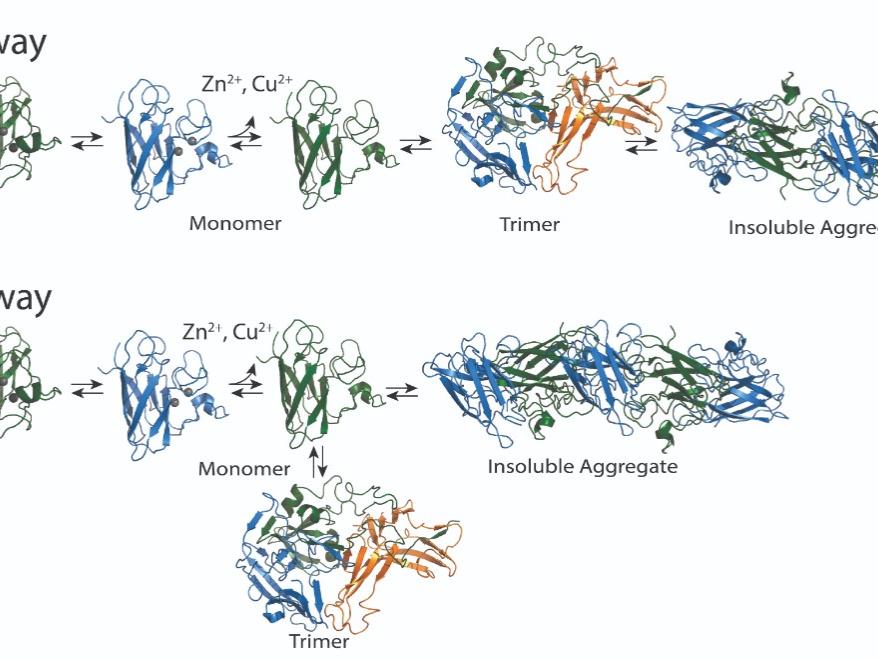2022-06-01 テキサス大学オースチン校(UT Austin)
・テキサス大学オースティン校とミシガン州立大学の研究者が、このナトリウムチャネル遺伝子の部分を発見し、それがどの細胞で遺伝子が発現するかどうかを制御していることを説明している。
・研究チームは、電気魚の場合、この制御領域が変化しているか、完全に欠落していることを確認した。そのため、電気魚の筋肉では、2つのナトリウムチャネル遺伝子のうち1つがオフになっているのです。
<関連情報>
- https://news.utexas.edu/2022/06/01/how-electric-fish-were-able-to-evolve-electric-organs/
- https://www.science.org/doi/10.1126/sciadv.abm2970
電気魚におけるナトリウムチャネル発現の収束的喪失の背景には、シス制御の乖離進化がある Divergent cis-regulatory evolution underlies the convergent loss of sodium channel expression in electric fish
SARAH LAPOTIN ,MARY E. SWARTZ,DAVID M. LUECKE,SAVVAS J. CONSTANTINOU ,JASON R. GALLANT ,JOHANN K. EBERHART AND HAROLD H. ZAKON
Science Advances Published:1 Jun 2022
DOI:DOI: 10.1126/sciadv.abm2970

Abstract
South American and African weakly electric fish independently evolved electric organs from muscle. In both groups, a voltage-gated sodium channel gene independently lost expression from muscle and gained it in the electric organ, allowing the channel to become specialized for generating electric signals. It is unknown how this voltage-gated sodium channel gene is targeted to muscle in any vertebrate. We describe an enhancer that selectively targets sodium channel expression to muscle. Next, we demonstrate how the loss of this enhancer, but not trans-activating factors, drove the loss of sodium channel gene expression from muscle in South American electric fish. While this enhancer is also altered in African electric fish, key transcription factor binding sites and enhancer activity are retained, suggesting that the convergent loss of sodium channel expression from muscle in these two electric fish lineages occurred via different processes.


